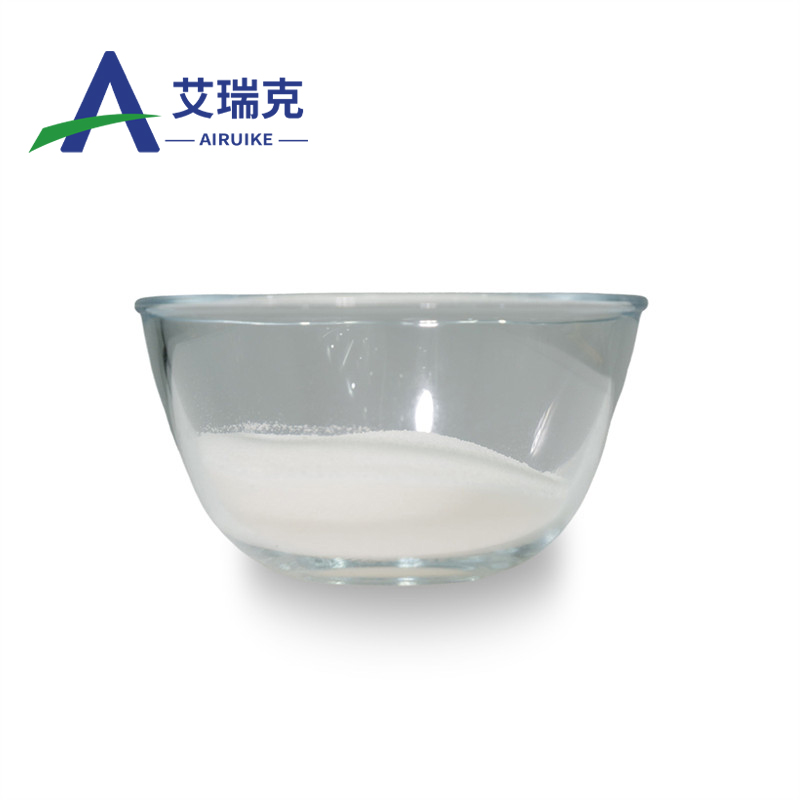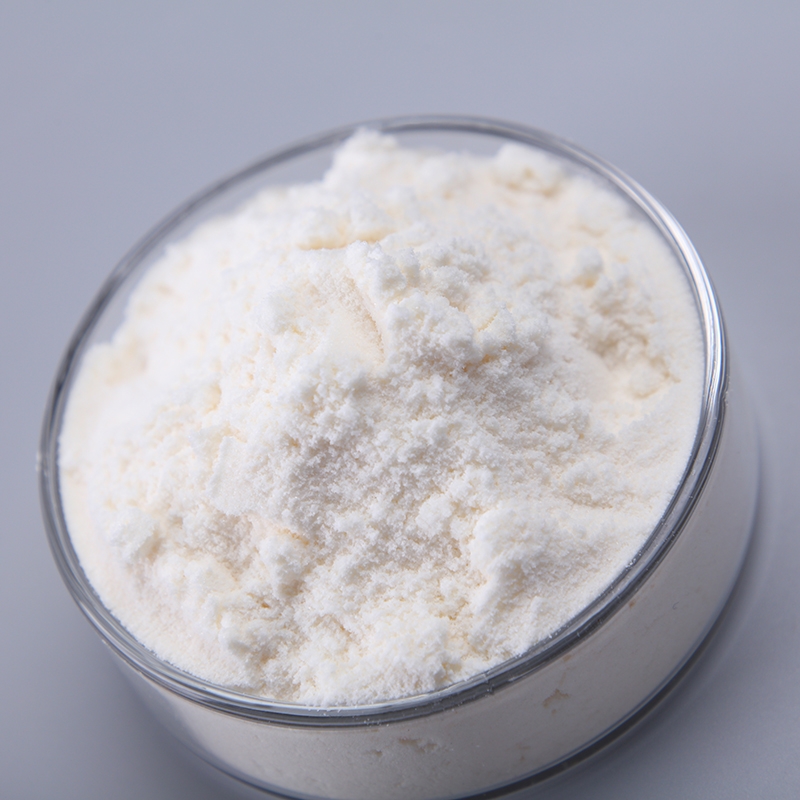-
Categories
-
Pharmaceutical Intermediates
-
Active Pharmaceutical Ingredients
-
Food Additives
- Industrial Coatings
- Agrochemicals
- Dyes and Pigments
- Surfactant
- Flavors and Fragrances
- Chemical Reagents
- Catalyst and Auxiliary
- Natural Products
- Inorganic Chemistry
-
Organic Chemistry
-
Biochemical Engineering
- Analytical Chemistry
-
Cosmetic Ingredient
- Water Treatment Chemical
-
Pharmaceutical Intermediates
Promotion
ECHEMI Mall
Wholesale
Weekly Price
Exhibition
News
-
Trade Service
Eosinophilic meningitis is a clinically rare central nervous system disease, and it is important
to understand and grasp its related clinical features for diagnosis and differential diagnosis.
This article mainly introduces the diagnosis and treatment ideas of eosinophilic meningitis for the reference
of peers.
Author: Wang Lulu
This article is authorized by the author to be published by Yimaitong, please do not reprint
it without authorization.
History questioning ideas
1.
Preliminary diagnostic ideas
.
In fact, the diagnostician always forms a preliminary hypothesis based on the initial limited information, usually a single hypothesis - that it may be a certain type or a certain disease
.
In a few cases, doctors may come up with two or more competing hypotheses, but not many, and it is not practical to ask about the history with so many assumptions
.
The most common cause of acute fever is an infectious illness, and the main site of headache involvement may be the meninges
.
Judging the likelihood and nature of central nervous system (CNS) infection in this patient is central
to the next step around the visit.
2.
The main content and purpose of the consultation (1) The characteristics of the onset: If the patient can remember the specific time of the onset of fever and headache, such as a certain day or even a certain time, it can be regarded as a sign
of acute onset.
(2) Characteristics of fever: It is necessary to understand the degree and law of fever, whether it is accompanied by chills, whether there is a rash, etc.
, these characteristics are helpful for the empirical judgment
of infectious agents.
(3) Headache is the most common complaint of neurology, the vast majority of people have experienced headache in their lives, and outpatient headache patients are common with primary headache, including vascular headache and tension headache
.
The goal of differential diagnosis is to retain patients who may have an organic neurologic disorder and is confirmed by further investigation, especially in the neurological emergency, especially in the neurological emergency, where the differential diagnosis of headache is particularly important
.
Some situations should be taken seriously, such as sudden headaches in a patient who has rarely had headaches in the past, or a patient with chronic primary headaches whose duration and degree of headaches have changed, such as headaches that last for more than 3 days without abating, or experiencing the most severe headache in a lifetime
.
(4) Concomitant symptoms of headache: the presence of nausea and vomiting should be asked, although nausea and vomiting may indicate increased intracranial pressure, but they are also common
in typical vascular headache.
It is considered interesting to ask about projectile vomiting, but the positive rate is extremely low
.
(5) The symptoms of focal damage to the nervous system should be asked, such as whether there are seizures, limb weakness, diplopia or vision loss, hearing loss, etc
.
(6) Background: including previous medical history, personal history and social background
.
People with immunocompromised conditions may develop certain specific opportunistic infections
.
History of findings
Patient, male, 30 years old
.
Complaints: 18 days hospital admission for fever with headache
.
Present medical history: the patient had a low-grade fever 18 days before admission, with a body temperature of 37.
5-38°C, accompanied by headache and flank pain, headache was a whole head throbbing pain, persistent, gradually worsening, with nausea, vomiting, non-projectile
.
At the same time, wheal-like rashes appear on the lower back and back, accompanied by itching, which subside on their own
.
.
Twenty years ago, Shanxi moved to Beijing
.
Personal and family history: company employees, married, no bad habits, like homemade raw fish (mainly freshwater fish), also eat drunken mud snails, etc.
, deny the history of metallurgy, deny recent travel, etc
.
physical examination
Pre-physical analysis:
(1) Nervous system: the most important is meningeal irritation signs and focal signs of nervous system damage, meningeal signs are an important basis for clinical diagnosis of meningitis, focal signs of nervous system damage help to determine brain and spinal cord parenchymal damage (such as encephalitis, encephalomyelitis), fundus papilla examination helps to determine whether intracranial pressure is elevated.
(2) Internal medicine system: rash, subcutaneous nodules, superficial lymph nodes, heart valve murmurs and pulmonary rales should be particularly concerned
.
Physical examination of this patient: there are no obvious abnormalities
in the internal medicine system.
Clear consciousness, correct answers, normal orientation in time and space, normal calculation and memory, no abnormalities in twelve pairs of cranial nerve examination; Muscle strength and muscle tone are normal, bilateral tendon reflexes are symmetrical, no enhancement or weakening, bilateral finger-nose, alternating and heel and knee shin tests are well completed, Romberg sign is negative, neck resistance, and the rest are not abnormal.
Analysis after physical examination: physical examination found neck resistance and other meningeal irritation signs, high suspicion of nervous system infection, although the onset is urgent, but the clinical progress is not rapid, the clinical process is relatively mild, the symptoms of systemic poisoning are not obvious, and purulent infection
is not considered.
Nausea and vomiting may indicate elevated
intracranial pressure.
Further checks are feasible
.
Further ancillary testing
Blood count: changes in white blood cell count and classification are helpful
for empirical judgment of infectious agents.
2.
Spinal fluid examination: an essential item
for diagnosing CNS infection.
3.
Imaging examination: can show whether there is parenchymal damage, even if it is simple meningeal involvement, some imaging signs have differential diagnostic significance
.
Main test results: 1.
Blood routine: cells 10.
95*10 9/L, eosinophils 17.
5%.
2.
Lumbar puncture examination: pressure greater than 300mmH2O, cerebrospinal fluid colorless and transparent, protein 0.
601g/L, sugar and chloride normal, white blood cells 70*106 /L; CSF cytology: eosinophils 50%, lymphocytes 45%, monocytes 5%, plasma cells visible, consistent with eosinophil and lymphocyte-dominated inflammation
.
Repeat lumbar puncture after 1 week: pressure 220mmH2O, cerebrospinal fluid protein 1.
23g/L, sugar 2.
2mmol/L, chloride 114.
7mmol/L, leukocytes 330x106/L, eosinophils accounted for 60%
。 The cerebrospinal fluid oligoclonal region was positive, the myelin sheath basic protein was 12.
84 nmol/L (normal value< 0.
55 nmol/L), and the IgG synthesis rate was normal.
Cerebrospinal fluid acid staining and ink staining were negative, and porcine cysticeris antibodies, schistosomiasis, pulmonary flukes antibodies and anti-herpes simplex virus antibodies were negative
.
Negative
blood antibodies.
Positive
for anti-strongyloides guangzhou.
3.
Head MRI: abnormal strengthening
of the pia mater.
4.
Chest radiograph, electrocardiogram, abdominal ultrasound, etc.
were not abnormal.
5.
Head CT, double calf X-ray showed no obvious abnormalities
.
MRI of the head shows leptomening
Initial diagnosis
.
Diagnosis basis: combined with clinical, cerebrospinal fluid examination and cranial MRI data, meningitis can be diagnosed, and cerebrospinal fluid leukocytes are mainly eosinophils, and peripheral blood eosinophils are significantly elevated, which can be diagnosed as eosinophilic meningitis
.
More than 2% of cerebrospinal fluid eosinophils are pathologically significant, and cerebrospinal fluid eosinophils are increased, mainly in the following diseases:
1.
Parasitic infection
.
For example, neurocysticerosis, hydatidosis, Guangzhou strongyloidiasis, etc
.
Neurocysticercosis is the most common parasitic infection
in the north.
The most common type of neurocysticercosis is the meningeal type
.
The proportion of eosinophils in cerebrospinal fluid does not exceed 20%, but it is not as significant as this case, and the blood and cerebrospinal fluid are negative for insect implants, which does not support neurocysticercosis
.
Secondly, Strongyloides guangzhouensis is endemic in southern China, and this patient likes to eat raw fish and snails, which is a risk factor for the disease, but the positive rate of cerebrospinal fluid found worm bodies is extremely low, and cytology does not see worm bodies, which can be excluded
.
2.
Blood diseases: eosinophilic leukemia, onset eosinophilia, etc.
, although meninges and parenchyma can be involved, but the proportion of eosinophils in the surrounding blood should be higher
.
3.
Immune system diseases: such as Churg-Struss syndrome belongs to eosinophilic vasculitis, multi-system involvement, neurological complications are mainly peripheral neuropathy, this patient does not meet
.
can be added to the use of hormones in the absence of confirmatory evidence.
Treatment and follow-up
.
The patient's headache is relieved and the symptoms disappear.
The proportion of routine eosinophils dropped to 11.
9%.
After 2 weeks, the lumbar puncture was repeated, pressure 180mmH2O, leukocytes 90x106/L, lymphocytes 90%, monocytes 9%, eosinophils 1%, protein 0.
75g/L, sugar and chloride normal: peripheral blood eosinophils 0.
7%
。 The patient was discharged without discomfort
.
After 1 month of follow-up, the patient had no discomfort, no abnormalities in neurological examination, lumbar puncture cerebrospinal fluid pressure was 220mmH2 O, cerebrospinal fluid routine showed the number of white blood cells 16, cytology: lymphocytic inflammation, no eosinophils
.
Summary of diagnosis and treatment problems
have been found in nature in the area.
But "foodies" and tourists are still at risk of
getting sick.
The following year, a traveler returning from the south developed eosinophil meningitis with 90%
eosinophils in the cerebrospinal fluid.
In the absence of serological diagnostic tests, doctors can comprehensively analyze epidemiology, clinical manifestations and cerebrospinal fluid cytology to make correct clinical judgments
.
Six weeks after the patient was discharged, a cluster of foodborne strongyloidiasis was reported in Beijing, and more than 100 cases were diagnosed in Beijing in the following 2 months, all of whom ate "Fushou snail"
parasitic with strongyloides guangzhouensis in a restaurant in Beijing.
The patient denied having dined at the restaurant and was a sporadic case
.
Hormones can significantly reduce inflammation and meningeal irritation symptoms for meningitis caused by most parasitic diseases, and short-term high-dose hormone therapy is generally not contraindicated
in the treatment of meningeal cysticercosis and strongyloidiasis.
Albendazole is a broad-spectrum insecticide that kills
tapeworms (cysticercins) and nematodes.
For meningitis caused by strongyloidiasis, most researchers believe that glucocorticoids have a good effect, and the efficacy of insecticide alone is uncertain
.
As a clinician, when encountering patients with eosinophilic meningitis in the clinic, do not panic, be prepared for medical history, physical examination, etc.
, should identify and judge early, and take effective treatment measures, so as to save the patient's life
.
References:
1.
Wang Yingying.
CHENG Jingliang,WANG Caihong.
A case of eosinophilia with encephalitis as the main manifestation.
Radiology Practice.
2019,34(10).
2.
WANG Huiping,SUN Ying,WANG Zuohua.
Canton strongyloidiasis-induced eosinophilic meningoencephalitis in children: a case and literature review.
Everyone Health (Academic Edition).
2016,10(04).







